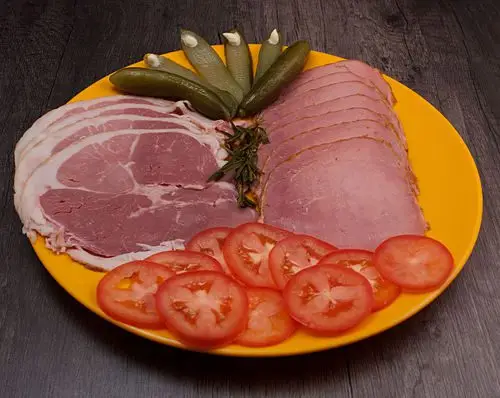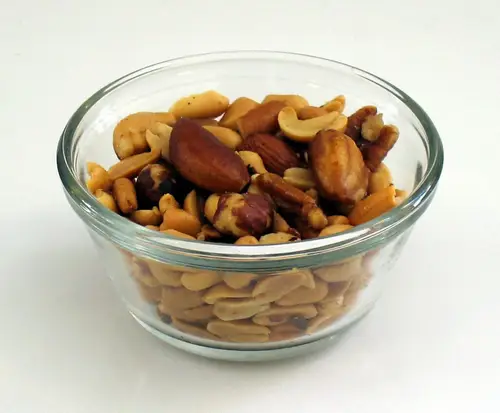THE EASY MATH
Calorie intake – calorie burn = caloric balance
A positive balance means weight gain while a negative balance equals weight loss. It is truly as simple as it sounds, but is it? In reality, the balance between macronutrients plays a pivotal role.
In the same way that losing weight doesn’t necessarily mean getting leaner, gaining weight doesn’t always translate to getting obese. What dictates accurately if anyone is getting leaner or not is the percentage of body fat. We can define as lean any woman who carries between 14% and 20% body fat and a man in the range of 6% and 13%. Targeting calories without considering their sources can lead to disastrous results.
Lean or skinny?
The word skinny refers to someone with low BMI, or light for their height. Someone light could still have a higher percentage of body fat if their muscle mass is also low. Lean individuals have a low percentage of body fat for their weight (regardless of how heavy they are). If you picture actors like John Krasinski or Dwayne Johnson, you get to realize they are both lean, despite their 70+ lbs weight difference. Similar goes for athletes like Serena Williams or Tori Bowie. The main difference between them is muscle mass and not the percentage of body fat.
MACRONUTRIENTS
Every once in a while a term gains popularity. “Macronutrients” is not necessarily a new term but is not fully understood among some people who use it on a regular basis. The term macros (short for macronutrients) refers to the three sources of the calories we incorporate into our diet. A calorie is a unit of energy (1 calorie is the amount of energy required to raise the temperature of one kilogram of water one degree Celsius). Any action we perform, including the bare survival, requires energy, therefore we must provide our bodies with calories to survive.
The three macronutrients are proteins, carbohydrates, and fats. They all provide calories but have different functions in our bodies.
We are what we eat
In reality, nothing plays a bigger factor in our health than food intake. Focusing merely on calorie intake can lead to a very unbalanced diet. Despite reaching the target number on the scale, the body fat percentage, health, and physical performance could be deeply compromised if we are on an unbalanced diet. It is not worth lowering the number on the scale at expense of our own well-being.
Besides macronutrients, vitamins and minerals are also a very important factor, but part of a different post.
PROTEINS
There are animal and plant-based proteins. With 4 calories per gram, proteins are a chain of amino acids whose function is to repair and build tissue. It is recommended to ingest around 20% of our daily caloric intake from proteins.
COMPLETE PROTEIN
We call “complete protein” those cells whose chain contains the 8 essential amino acids (isoleucine, leucine, lysine, methionine, phenylalanine, threonine, tryptophan, and valine), animal proteins are by default complete protein.

INCOMPLETE PROTEIN
Plants are also a source of proteins, but they are called incomplete proteins since a single source can’t provide the 9 essential amino acids. In order to provide complete proteins from plants, we should rely on diversity. A group of incomplete proteins will form complete proteins, providing the body with the 9 essential amino acids.

CARBOHYDRATES (CARBS)
With 4 calories per gram, carbohydrates are the main source of energy we utilize, for bodily functions as well as anaerobic activities. It is recommended to ingest around 60% of our daily caloric intake from Carbohydrates.
In the absence or low supply of carbs, the body is forced to resource to fats and proteins as a secondary source of energy for anaerobic activities. Unfortunately, such conversion is not as efficient, often leading to muscle mass loss and low energy.
Simple carbohydrates
Better known as sugars are very quickly (but not so efficiently) processed by the body. Refined sugars, corn syrup, and even fruits are very rich sources of simple carbohydrates.
The general recommendation is to limit the consumption of sugars to 25% or less of the total intake of carbohydrates.
Fruits are very high in sugars, as well as indispensable vitamins, reason for which cutting down the sugars completely isn’t a good idea either.

Complex carbohydrates
Processed slower and more steadily allows the body to utilize them more efficiently. Souces as grains and vegetables are highly advised to fulfill the daily recommendations.

FATS
Providing 9 calories per gram, fats can be divided into Saturated, Monounsaturated, and Polyunsaturated. It is recommended to ingest around 20% of our daily caloric intake from fats.
SATURATED
Saturated fats come, almost exclusively, from animal sources. Since they affect directly the levels of cholesterol and therefore their connection with heart conditions, it’s highly advisable to limit their consumption to less than 5% of the total caloric intake.

MONOUNSATURATED AND POLYUNSATURATED
Mainly found (but not exclusively) in seed and nuts, unsaturated fats play a very important role in our health. Besides helping to lower the LDL (bad cholesterol), unsaturated fats also help to maintain the body cells and provide vitamin E, which helps to support the immune system.

RESEARCH BEFORE COMMITTING
There is a wide variety of dietary trends. They are all based on the proportion and source of the macronutrients that determine your caloric intake. Before enrolling in any nutritional regime, take the time to research the function, benefits, recommendations, and consequences of the macronutrients you are planning on eating. Consult with reliable sources, such as the American Heart Association, the Centers for Disease Control and Prevention, the Mayo Clinic, etc.
Remember that to write any false statement or information on any random page on the internet, it takes little effort, and it doesn’t require any scientific study to support it.
